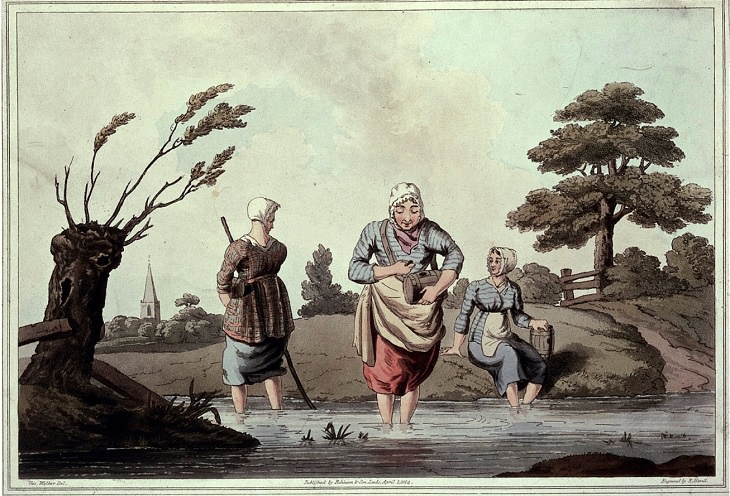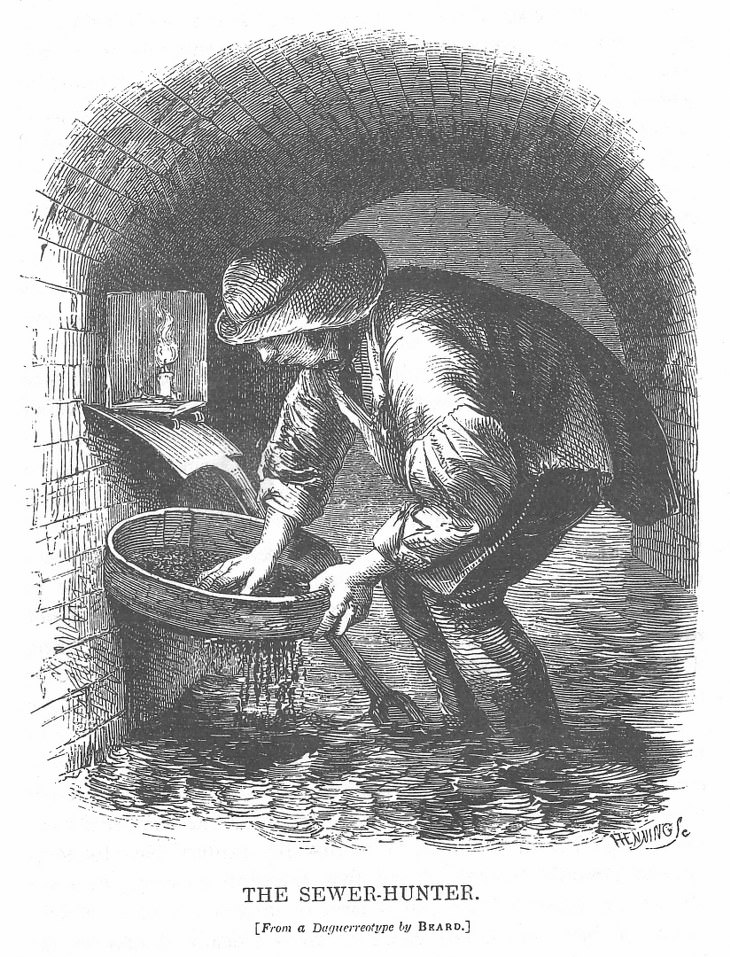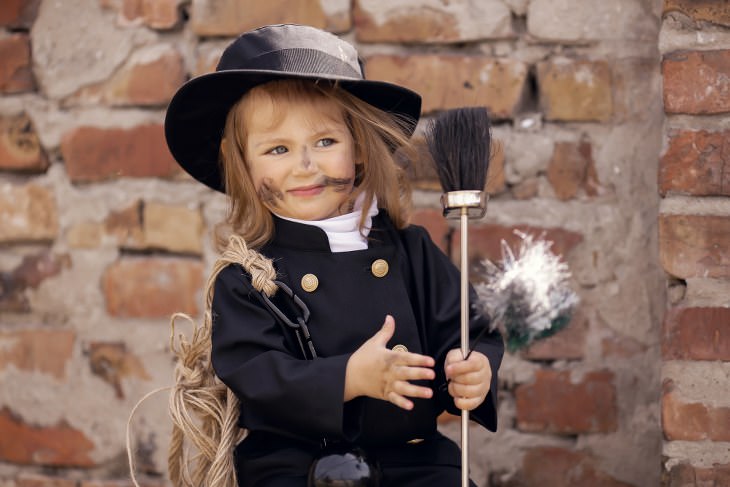

Leeches were once a highly useful commodity, and were used by medical professionals to treat all kinds of ailments, such as headaches and hysteria. However, gathering leeches was no easy task. The job was usually left to poor country women, who would wade into dirty ponds in the hope that leeches would start to attach themselves to their legs. They would then have to pry them off, put them in a container, and send them off to a pharmacy in exchange for payment. Unsurprisingly, leech collectors were at high risk of contracting infectious diseases or suffering from excessive blood loss.
2. Matchstick Makers
In the Victorian era, teenage girls used to have to cut wood into thin sticks and dip the ends into the highly-toxic chemical, white phosphorus, in order to make matches. They often worked for up to 16 hours a day, and were forced to eat at their workstations which resulted in some of them developing 'phossy jaw,' which often led to severe disfigurement of the jaw.
3. Pure Finders
In spite of their clean-sounding job title, this filthy job involved collecting dog poop from the streets to sell to tanners, who used it to make leather. It was called 'pure' because it was used in the process of purifying leather and making it more flexible. Pure collectors spent their days roaming the streets, chasing after stray dogs, in the hope of collecting bucketfuls of the stuff to sell on for a pretty penny.
4. Funeral Mutes
Part of the extremely complex Victorian funeral traditions required people called mutes to be employed as a sign of respect towards the deceased. They dressed in black and carried a cloth-covered stick, and began their job by standing silently and mournfully at the entrance to the deceased person's family home. They would then have to lead the coffin on its procession from the home to the cemetery, which was often a great distance away.

Toshers made money by living down in dark sewers, sifting through raw sewage to find any lost valuables. It was a highly dangerous job - there were swarms of rats, plenty of noxious fumes, crumbling tunnels, and even the risk of being washed away when a sluice opened up. Due to these great risks, they tended to work in groups, and often made quite a bit of money, due to the many coins and silver items they found sloshing about in the quagmire.
6. Mudlarks
Mudlarks operated in a similar fashion to toshers, however they had to sift through the gunk that washed up onto the banks of the Thames, instead of within dark and stinking sewers. This job was usually left for children, since treasure wasn't usually as easy to find here, and was only used as a way for poor families to gain some additional income. However, this job was still very dangerous for children, since the strong tides often resulted in children getting stuck in the mud or being washed out to sea.
7. Crossing Sweepers
Crossing sweeping was another job which was typically reserved for children throughout the Victorian age. These kids used to claim a part of a street as their territory, and would run after rich people's carriages, quickly sweeping the mud and filth away from their path, ensuring that their shoes and clothes remained unspoiled. These poor sweepers had to constantly dodge speeding carriages, had to endure terrible weather, and worked solely for tips, which weren't always given.

Small children, as young as 4 years old, were commonly employed as chimney sweeps, since they were the perfect size to fit into brick chimneys. The tight spaces of chimneys often resulted in the kids' knees and elbows becoming scraped raw, before becoming covered with calluses. Inhaling the chimneys' soot and dust often meant that they ended up suffering from permanent pulmonary harm. There's also evidence which suggests that some bosses actually lit a fire underneath unwilling workers' chimneys to force them to climb higher.
9. Rat Catchers
Rat catchers were employed by the rich to get rid of infestations in their homes or streets, and they normally used a ferret or a small dog to help them in the searches. They often preferred to catch the animals alive so that they could be sold to 'ratters.' Ratters were men who would throw a bunch of live rats into a pit, alongside a hungry terrier, and would take bets on how long it would take the dog to kill them all.
10. Resurrectionists
In the early 1800s, anatomists and medical schools only had access to the cadavers of criminals who had been sentenced to death. As a result, there was a great shortage of bodies to dissect, and so they began to offer handsome rewards to people who could deliver fresh cadavers to them. That's why many cunning Victorians took to unearthing recently-buried bodies, and immediately selling them to anyone willing to pay. This problem became so great that family members often had to guard the graves of anyone who had been recently buried, in order to prevent their remains from being stolen.
Source: mentalfloss
Images: 1, 2, 3